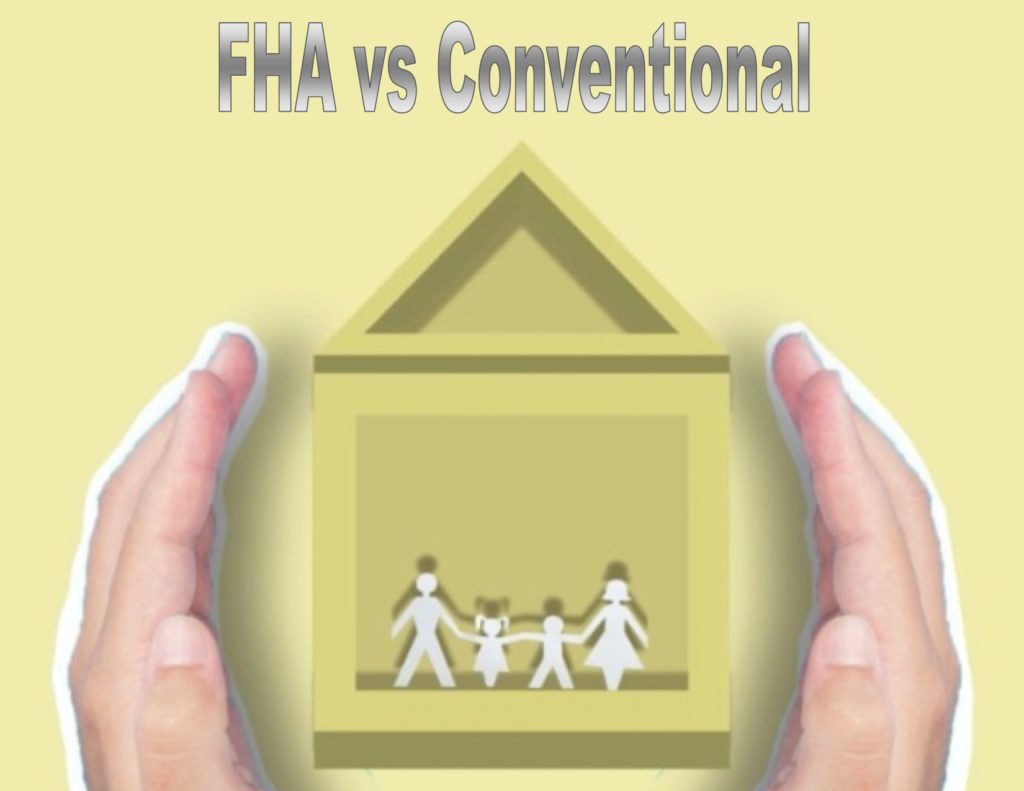
For most, buying Real Estate also means obtaining a home loan, but are they all the same? No. There are traditionally three main types… FHA, VA & Conventional.
This piece will breakdown some nuances of both FHA & Conventional, with VA saved for another day.
Many immediately associate FHA with first-time homebuyers and while that is the most common financing for that segment, the percentages aren’t as high as they once were, nor does that mean FHA couldn’t work well for someone who has owned another home.
Let’s dive into the logistics:
1) Interest Rates
Typically FHA rates will be a little less than Conventional, but each lender can offer their own pricing and credit score comes into play for sure. With Conventional, you will see the best pricing with a high credit score whereas FHA doesn’t tend to fluctuate so much. I have seen (recently) as much as a full percentage point difference between the two. That can really impact an overall monthly payment.
2) Credit Score
FHA will have a lower credit score requirement with some lenders dipping as low as 580, although the rate will be higher, if so. For Conventional, 640+ is more reasonable to expect and 720+ will get you a more favorable rate.
3) Down Payment
The minimum down payment for FHA is 3.5% and that’s where most buyers stay, although you could choose to put more down. Conventional has various options starting as low as 3%, but other common breaks are 5%, 10% and 20%. Putting 20% down with Conventional will eliminate the requirement of Mortgage Insurance.
4) Mortgage Insurance
Here is one of the biggest differences… first of all, FHA has an upfront MIP (mortgage insurance premium) that is tacked onto the loan. This is calculated @ 1.75% of the loan amount so with a $400,000 purchase price and 3.5% down, you’d end up with $386,000 but then have to add $6,755 on for a final loan amount of $392,755. Conventional does not require an upfront premium, but both loan types have ongoing, monthly mortgage insurance to pay.
For FHA, the mortgage insurance rate is generally 85 basis points, which equates to $278.20 per month on the aforementioned example. With Conventional, the rate will vary more, largely based upon credit score, but the down payment amount also plays a role. A common rate could fall in the 50 basis point range, which would mean $163.65 on that same $392,755 loan amount.
Also, mortgage insurance never falls off an FHA loan, but it will eventually drop off Conventional Loans once they reach a certain equity position.
5) Loan Limits
Generally each year the loan limits will fluctuate and by county, throughout the country. For 2022, FHA in Maricopa County is $441,600 and Conventional is $647,200. This of course limits what price point each can and should be used for.
6) Qualifications
One more aspect to point out is debt-t0-income ratio. This ratio can be much higher on FHA than to get approved for Conventional and this is a big reason why more first-time homebuyers utilize FHA.
When you start thinking about Buying a Home, let’s have a conversation to ensure you get in touch with the right Loan Officer to examine the options and make the right choice.



